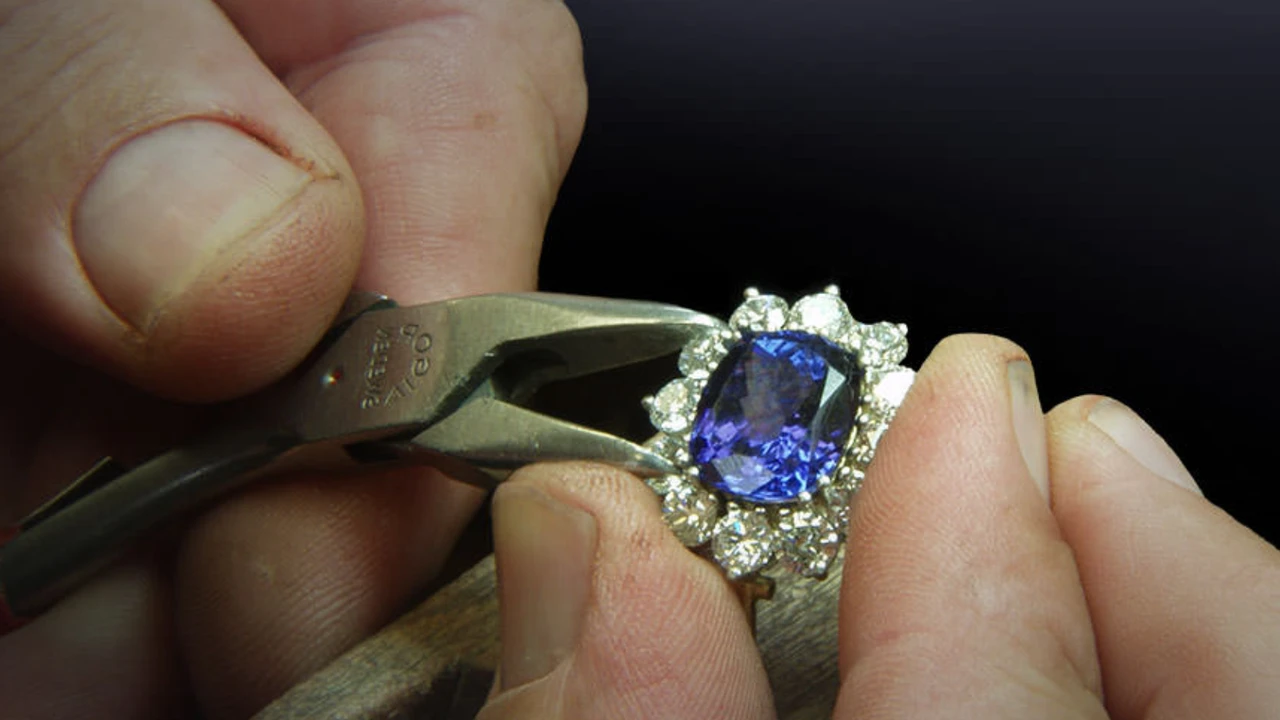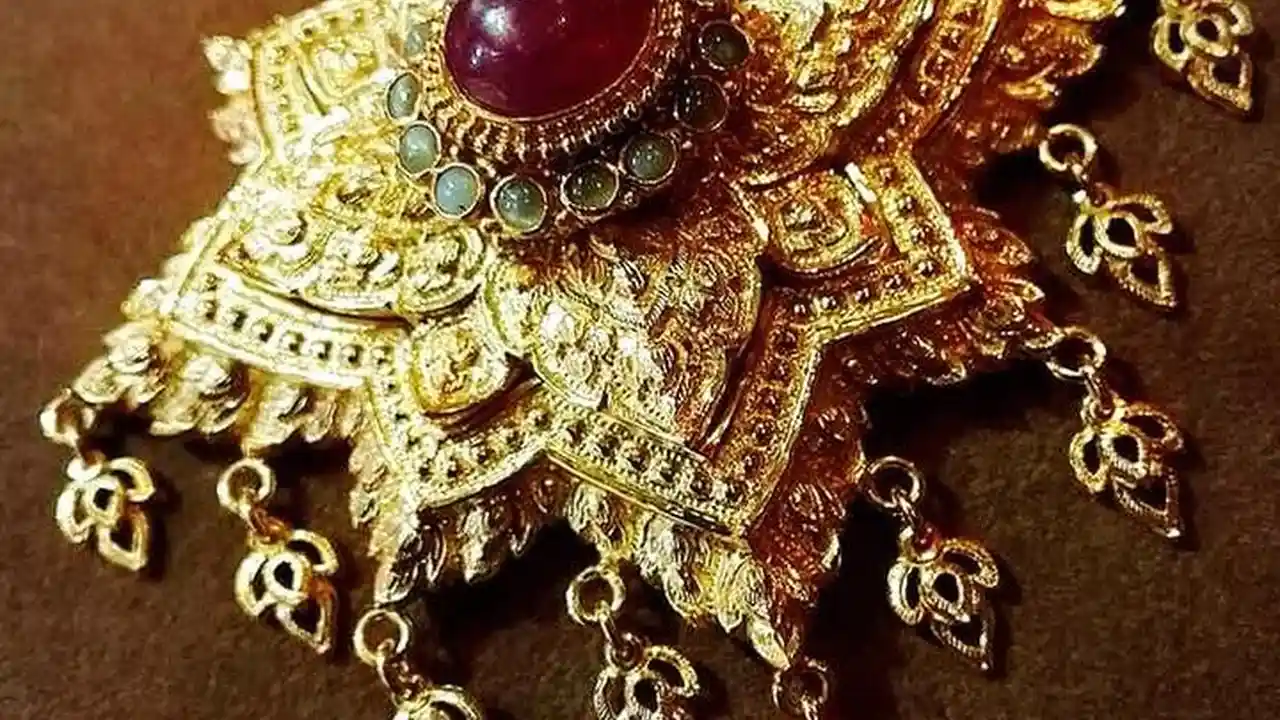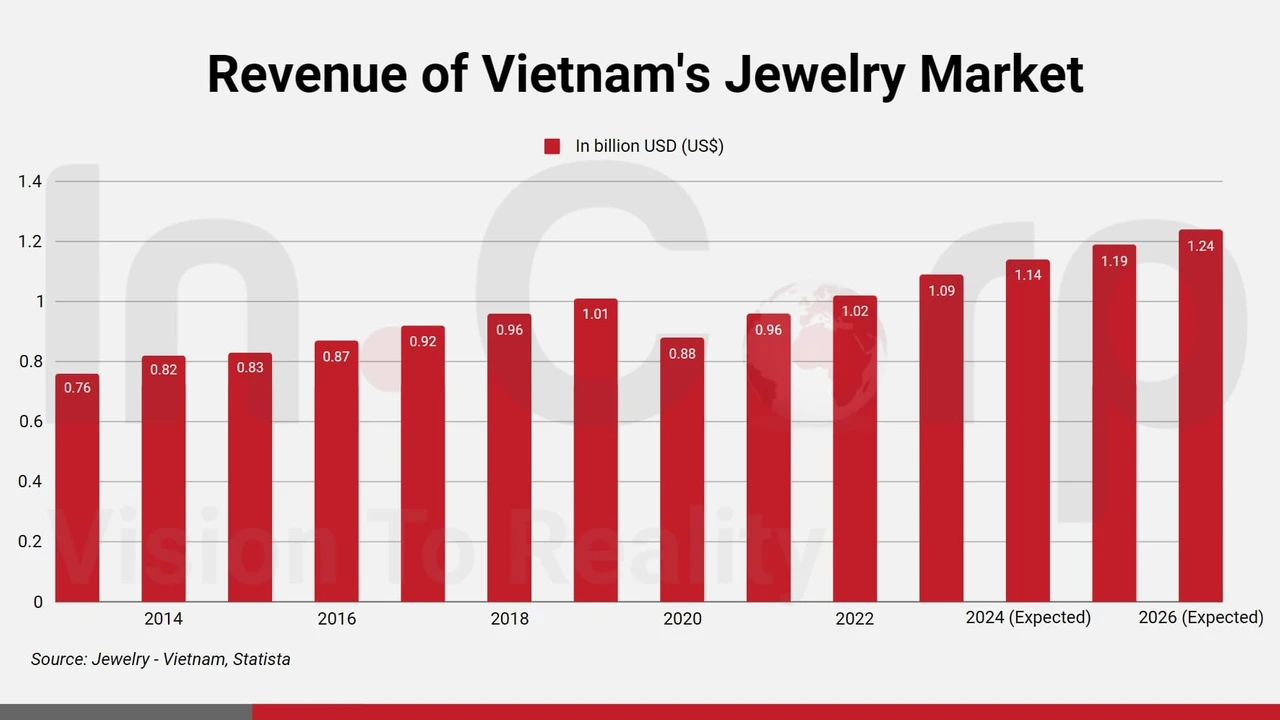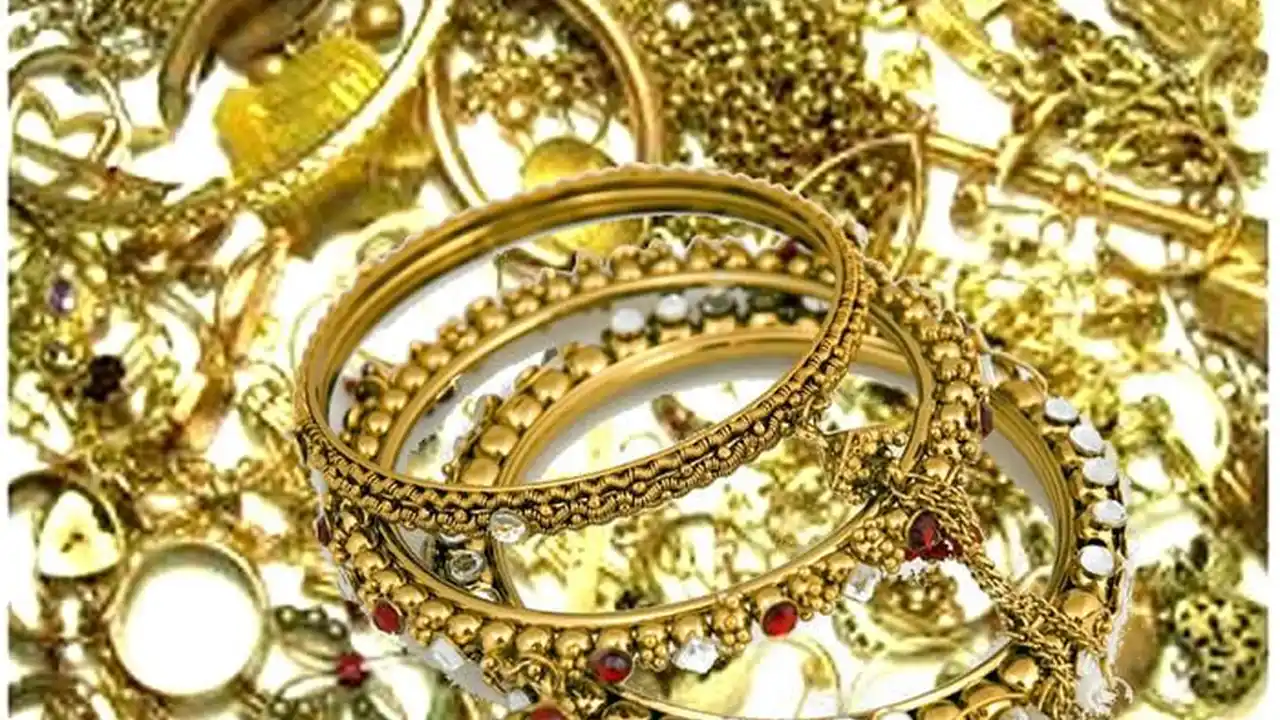Repairing Antique Jewelry When to Seek Professional Help
Learn when to seek professional help for repairing antique jewelry Avoid DIY repairs that could cause further damage.

When Does Antique Jewelry Need Repair Professional Evaluation is Key
Alright, you've got a gorgeous piece of antique jewelry. Maybe it's a family heirloom, a lucky find at an estate sale, or a carefully curated addition to your collection. But what happens when it's not quite perfect? A clasp is loose, a stone is wobbly, or maybe it's just looking a little worse for wear. The big question is: when do you roll up your sleeves and try a little DIY magic, and when do you call in the pros? The answer, more often than not, leans towards the latter. Antique jewelry is delicate, often irreplaceable, and requires a gentle, experienced hand. This isn't like fixing a broken watch band from the mall – we're talking about potentially damaging a piece of history. Let's dive into some scenarios where a professional repair is absolutely necessary.
Loose Stones and Settings Repairing Delicate Settings
One of the most common issues with antique jewelry is loose stones. Over time, the settings that hold these precious gems can weaken, bend, or break. Don't even think about super glue! A professional jeweler specializing in antique pieces will have the tools and knowledge to tighten settings, repair damaged prongs, or even recreate settings that are beyond repair. They'll also know how to handle the specific type of gemstone without causing further damage. We're talking about diamonds, sapphires, emeralds, rubies, and everything in between – each with its own quirks and sensitivities. Imagine a stunning Victorian brooch with a wobbly ruby. A professional can secure that ruby, ensuring it stays put for generations to come, while maintaining the integrity of the original design.
Broken Clasps and Chains Repairing Antique Fastenings
A broken clasp or chain is another common problem. These seemingly simple repairs can be surprisingly complex, especially with intricate antique designs. Trying to fix it yourself could easily lead to further damage, like bending delicate links or scratching the surface. A skilled jeweler can repair or replace clasps and chains, often using period-appropriate materials and techniques to ensure a seamless repair. Think of a delicate Edwardian necklace with a broken clasp. A professional can find a replacement clasp that matches the original in style and material, ensuring the necklace looks and functions as it should.
Cracked or Chipped Stones Gemstone Restoration Services
A cracked or chipped stone is a serious issue that requires immediate professional attention. Trying to repair it yourself could easily make the damage worse, potentially shattering the stone completely. A professional gemologist or lapidary (a stone cutter) can assess the damage and determine the best course of action. In some cases, the stone can be re-cut or polished to remove the damage. In other cases, the stone may need to be replaced. Finding a matching replacement stone for antique jewelry can be challenging, but a skilled jeweler will have the resources and expertise to find a suitable substitute. Consider a beautiful Art Deco ring with a chipped emerald. A professional can either repair the chip or replace the emerald with a stone that closely matches the original in color, size, and cut.
Bent or Misshapen Jewelry Professional Reshaping and Repair
Antique jewelry can become bent or misshapen over time, especially rings and bracelets. Trying to bend it back into shape yourself is a recipe for disaster! The metal can easily crack or break, especially if it's old and brittle. A professional jeweler has the tools and techniques to gently reshape the jewelry without causing further damage. They can also repair any cracks or breaks that may have occurred. Picture a vintage silver bracelet that's been flattened. A professional can carefully reshape the bracelet, restoring its original curve and ensuring it fits comfortably.
Tarnishing and Corrosion Antique Metal Cleaning and Preservation
While cleaning is important, severe tarnishing or corrosion on antique jewelry should be addressed by a professional. Aggressive cleaning methods can damage delicate surfaces, remove patina (which can add to the value and character of antique pieces), or even dissolve certain materials. A professional jeweler will use appropriate cleaning methods and materials to safely remove tarnish and corrosion without damaging the jewelry. They may also apply a protective coating to prevent future tarnishing. Imagine a beautiful Victorian locket that's completely covered in tarnish. A professional can carefully clean the locket, revealing its original shine and beauty, while preserving its delicate details.
When DIY is a No-Go: Examples and Product Recommendations
Okay, so we've established that major repairs require a pro. But what about minor things? Here are some examples of when to absolutely avoid DIY, along with some safe cleaning product recommendations for other scenarios.
- Never attempt to solder or weld any part of antique jewelry yourself. The heat can damage stones and the surrounding metal.
- Avoid using harsh chemicals or abrasive cleaners. These can scratch surfaces and dissolve delicate materials.
- Don't try to force anything. If a clasp is stuck, or a link is bent, don't try to force it. Take it to a professional.
For *gentle* cleaning, consider these products (always test in an inconspicuous area first!):
- Connoisseurs Jewelry Cleaner: A well-regarded brand with various formulas for different types of jewelry. ($8-15)
- Goddard's Silver Polish: For cleaning tarnished silver, but use sparingly and carefully. ($10-20)
- Sunshine Polishing Cloths: Great for gently buffing and polishing gold and silver. ($5-10)
Specific Product Recommendations and Usage Scenarios
Let's look at a few specific scenarios and how a professional repair can save the day:
Scenario 1: 1920s Art Deco Diamond Bracelet
Problem: Several small diamonds are loose, and the clasp is not secure.
Why Professional Help is Crucial: Art Deco pieces often feature intricate settings with delicate milgrain detailing. A professional jeweler can tighten the settings without damaging the milgrain, and repair or replace the clasp with a period-appropriate piece. Trying to DIY this could result in lost diamonds or damage to the bracelet's delicate structure.
Cost Estimate: Diamond tightening: $50-100 per stone. Clasp repair/replacement: $100-300.
Scenario 2: Victorian Cameo Brooch
Problem: The cameo is cracked, and the pin is bent.
Why Professional Help is Crucial: Cameos are delicate and can easily be damaged further. A professional can assess the crack and determine if it can be repaired or if the cameo needs to be replaced. They can also carefully straighten the pin without breaking it. Replacing a cameo requires finding a similar style and material, which a professional can source.
Cost Estimate: Cameo repair: $100-300. Pin straightening: $50-100. Cameo replacement: $200-500+ (depending on the material and quality).
Scenario 3: Edwardian Pearl Necklace
Problem: The string is broken, and some of the pearls are discolored.
Why Professional Help is Crucial: Pearls are delicate and require special care. A professional can restring the necklace using silk thread and knotting techniques that prevent the pearls from rubbing against each other. They can also clean the pearls safely to remove surface dirt and discoloration, but be aware that heavily stained pearls might not be fully restorable.
Cost Estimate: Restringing: $50-150. Pearl cleaning: $30-50.
Factors Affecting Repair Costs Antique Jewelry Restoration Pricing
The cost of repairing antique jewelry can vary widely depending on several factors:
- The complexity of the repair: Simple repairs, like tightening a loose screw, will be less expensive than complex repairs, like recreating a missing setting.
- The type of materials: Repairs involving precious metals and gemstones will be more expensive than repairs involving base metals and glass stones.
- The jeweler's experience and expertise: Experienced jewelers who specialize in antique jewelry will typically charge more than less experienced jewelers.
- The location: Repair costs can vary depending on your location.
It's always a good idea to get estimates from several jewelers before committing to a repair. Be sure to ask about their experience with antique jewelry and their guarantees. Also, get the estimate in writing!
Finding the Right Jeweler Antique Jewelry Repair Specialists
Finding a jeweler who specializes in antique jewelry is crucial. Look for someone with:
- Experience: Ask about their experience repairing antique jewelry and see examples of their work.
- Expertise: Make sure they understand the different styles and techniques used in antique jewelry making.
- References: Ask for references from previous clients.
- Insurance: Make sure they have insurance to cover any damage that may occur to your jewelry while it's in their possession.
You can also check with local antique dealers or historical societies for recommendations.
:max_bytes(150000):strip_icc()/277019-baked-pork-chops-with-cream-of-mushroom-soup-DDMFS-beauty-4x3-BG-7505-5762b731cf30447d9cbbbbbf387beafa.jpg)






